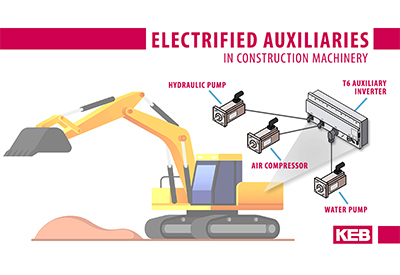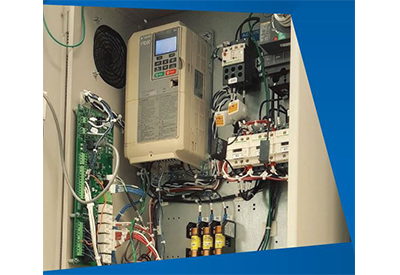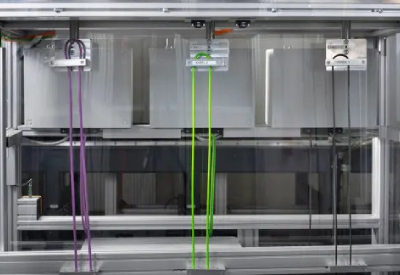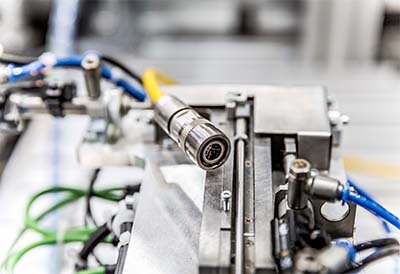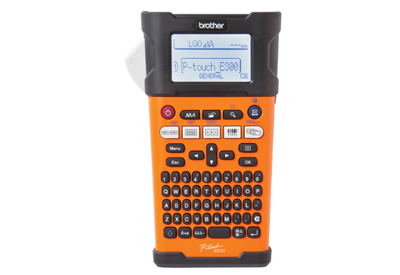Yaskawa: Driving Efficiency from the First Component
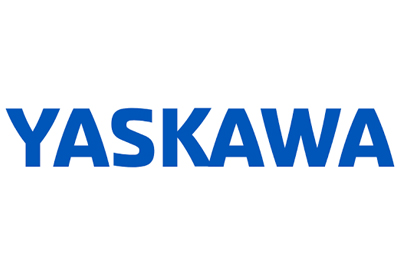
February 3, 2020
Last fall Drives & Control Solutions had the opportunity to tour Yaskawa America’s primary low voltage drive production facility. The facility is located in Buffalo Grove, IL, just outside of Chicago. Hosting both an assembly facility and roughly 100,000 sq/ft warehouse and distribution centre, the site is quite impressive, particularly considering the level of efficiency employed.
Personally, I was immediately struck when walking onto the manufacturing floor by the hygienic feel and extremely quiet environment. This is something I didn’t expect for an assembly facility, particularly considering they are also assembling motors within the same space.
The level of organization is a direct reflection and consistent with Yaskawa quality, and in fact is the driving force behind it.
Every staff member is clearly displayed on a visible board, denoting the production line they are working on as well as their various qualifications including those with first aid experience. However, what was particularly interesting was the level of quality control, which was not applied at the end of a products production, but to every component going into the drive, down to the last screw.
Quality control is implemented at every workstation on the line. Each station is equipped with a monitor that follows the progressive build of each drive piece by piece. These monitors show staff what the next step is and will not allow them to progress without ensuring the previous stage was completed correctly. The tools at every station are connected to sensors with connected light towers. As a tool is needed for the next step, it is illuminated, and if the employee selects the wrong tool, the light tower immediately goes red and their monitor notifies them that they have selected the wrong tool for the current step. Further, every component, right down to the screws, must be accounted for. Employees each wear an RFID watch that reads each time any part is taken from a bin and applied. Sensors also monitor and ensure proper torque is applied to every screw and bolt and will notify the system if a component has not reached the torque specifications.
Once completed, the drives are subjected to quality and performance testing. And every single drive assembled is put through the same test procedures, ensuring that drives shipped from Yaskawa are performing correctly. If a drive  does not meet the expected performance level, the engineers are immediately notified and assess the issue to determine its source and ensure it is not repeated or that any defective components are immediately removed from the manufacturing floor.
does not meet the expected performance level, the engineers are immediately notified and assess the issue to determine its source and ensure it is not repeated or that any defective components are immediately removed from the manufacturing floor.
Although the facility was primarily assembling low voltage drives, there is a dedicated space for medium and high-voltage drives, which obviously take more time to construct. Each of these drives are constructed by one individual rather than applied to a production line. However, the same production method is employed, so if an employee misses a day, a replacement can utilize the production steps outlined on the screen and determine exactly where the last individual left off and where they need to begin.
And as mentioned, there was also a small area devoted to motor assembly. This was quite shocking to me, as for one, the facility was extremely quiet to the point where you could easily have a normal conversation and still hear the gently music that played throughout the facility. And secondly, the entire manufacturing facility was extremely clean, not something I would typically expect after seeing the motor assembly area.
After completing the tour of the assembly facility, it was over to the distribution facility located in an adjacent building. The distribution facility was established five years ago. The facility is progressively working to develop a more efficient operation to ensure accuracy and better lead times, and most importantly worker safety. In regard to safety, the facility does a complete safety walk through every single day without fail and has implemented strict regulations for staff to follow. And again, like the assembly side, Yaskawa openly welcomes worker suggestions and carefully considers the applications and benefits of all suggestions.
Overall the manufacturing and distribution facilities were impressively operated in a manner that follows the very detailed and focused drive of Yaskawa’s founders. With a focus on both assembly efficiency and product performance, the Yaskawa drive facility is ensuring users have long term confidence when implementing Yaskawa drives.


